In an age where streaming services and digital downloads dominate the music industry, a curious counterculture has emerged from the shadows: the cassette tape revival movement. What began as a niche fascination among audiophiles and nostalgia seekers has blossomed into a full-fledged cultural phenomenon, with artists, collectors, and even puzzle enthusiasts rediscovering the tactile charm of magnetic tape. But this isn’t just about music—it’s about the unexpected ways people are interacting with this retro medium, particularly through a unique blend of analog technology and sonic experimentation.
The cassette tape, once considered obsolete, has found new life as a canvas for creativity. Beyond its role as a vessel for music, it has become a tool for immersive, hands-on experiences. Enthusiasts are now using old-school tape recorders to craft intricate audio puzzles, where the physical manipulation of the tape itself is part of the challenge. This fusion of analog mechanics and auditory problem-solving has given rise to a subculture that thrives on the imperfections and quirks of tape—the hiss, the warble, and even the occasional misfire of a worn-out spool.
At the heart of this movement lies the allure of tangibility. In a world saturated with intangible digital files, the cassette tape offers something visceral. The act of threading a tape into a deck, pressing play, and hearing the mechanical whirr of the reels creates a connection that a mouse click or screen tap simply can’t replicate. For those designing and solving these audio puzzles, the medium’s limitations are its greatest strength. A warped segment of tape might obscure a crucial clue, or a deliberately spliced section could reveal hidden messages when played backward. The physicality of the tape demands engagement, turning passive listening into an active, almost tactile experience.
One of the most intriguing aspects of this trend is how it bridges generations. Older participants relive the rituals of their youth—rewinding mixes with a pencil, crafting mixtapes with painstaking care—while younger explorers encounter these rituals for the first time, often with a sense of wonder. The tape’s inherent unpredictability becomes a shared language, a way to communicate across decades. Online forums and local meetups buzz with stories of cracked codes, DIY tape modifications, and the thrill of discovering a hidden track buried beneath layers of magnetic tape.
The rise of tape-based puzzle games has also sparked a broader conversation about the nature of sound. Unlike digital audio, which can be pristine and predictable, analog tape is alive with character. A slight variation in playback speed, a flutter in pitch, or the gradual degradation of a well-loved tape all contribute to a dynamic, ever-changing sonic landscape. Puzzle creators lean into these idiosyncrasies, designing challenges that require solvers to listen closely, adjust playback settings, or even dismantle the tape itself to uncover secrets. It’s a far cry from the sterile precision of modern audio formats, and that’s precisely the point.
For those eager to dive into this world, the barrier to entry is refreshingly low. Secondhand tape decks are plentiful in thrift stores and online marketplaces, and a growing number of independent artists and labels are releasing music—and puzzles—on cassette. The DIY ethos of the movement encourages experimentation, with newcomers and veterans alike sharing tips on tape splicing, circuit bending, and other hands-on techniques. There’s a sense of community here, a collective effort to keep the analog flame burning in a digital world.
Yet, the cassette tape revival isn’t just a rebellion against modernity. It’s a celebration of slowness, of intentionality. In a time when algorithms dictate our playlists and attention spans are fractured by endless scrolling, the act of sitting down with a tape—listening, rewinding, fast-forwarding—becomes a radical act of focus. The puzzles themselves demand patience, rewarding those who are willing to sit with the medium’s quirks and unravel its mysteries at their own pace.
As the movement grows, it’s clear that the cassette tape’s resurgence is about more than nostalgia. It’s a testament to the enduring power of analog technology to inspire creativity, foster connection, and challenge our relationship with sound. Whether you’re a seasoned collector or a curious newcomer, there’s something undeniably magical about pressing play on a tape deck and letting the reels spin, not knowing exactly what secrets might emerge from the magnetic ribbon. In a world that often feels too polished and predictable, the humble cassette tape offers a welcome dose of chaos—and a puzzle waiting to be solved.

By /Jul 3, 2025

By /Jul 3, 2025

By /Jul 3, 2025

By /Jul 3, 2025
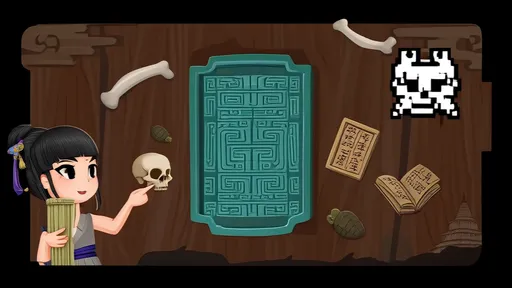
By /Jul 3, 2025
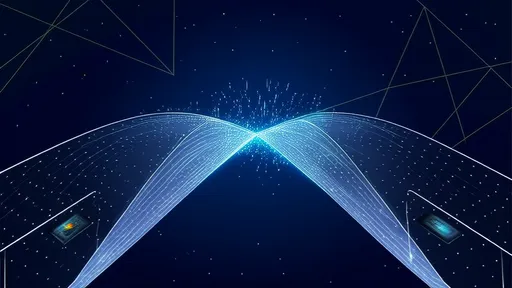
By /Jul 3, 2025
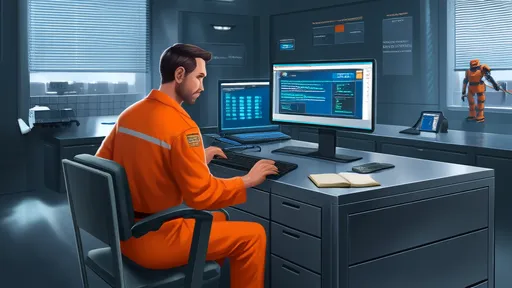
By /Jul 3, 2025
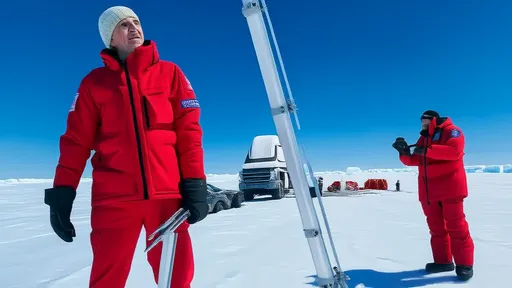
By /Jul 3, 2025

By /Jul 3, 2025
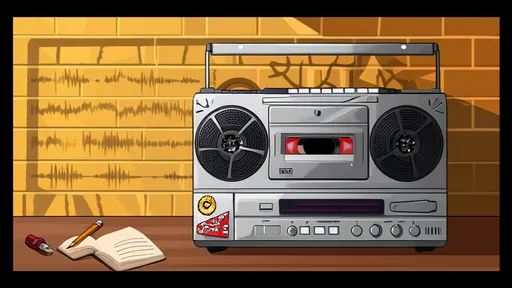
By /Jul 3, 2025

By /Jul 3, 2025
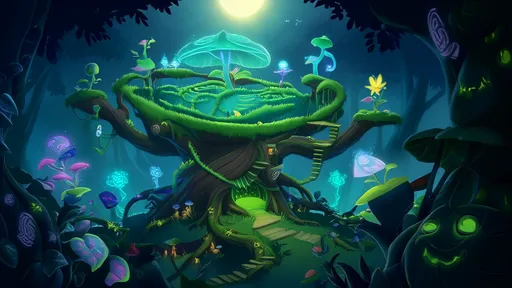
By /Jul 3, 2025
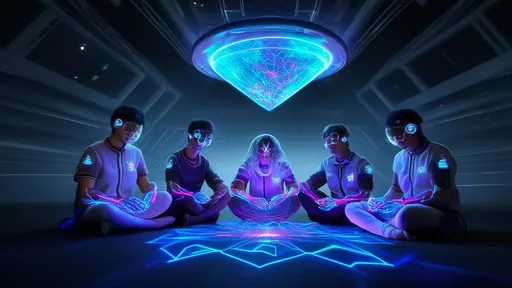
By /Jul 3, 2025
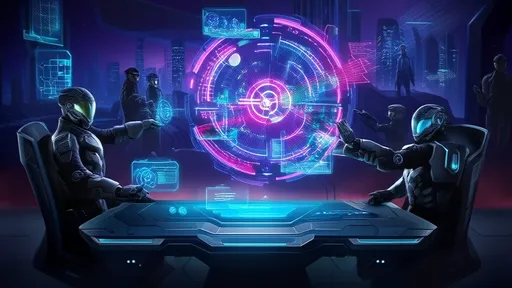
By /Jul 3, 2025

By /Jul 3, 2025

By /Jul 3, 2025
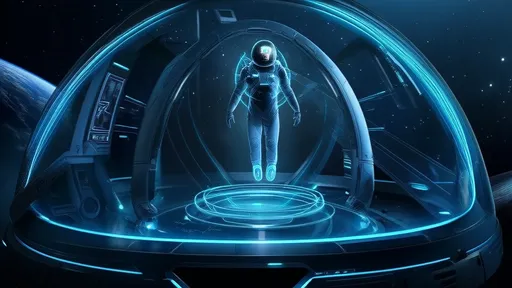
By /Jul 3, 2025

By /Jul 3, 2025